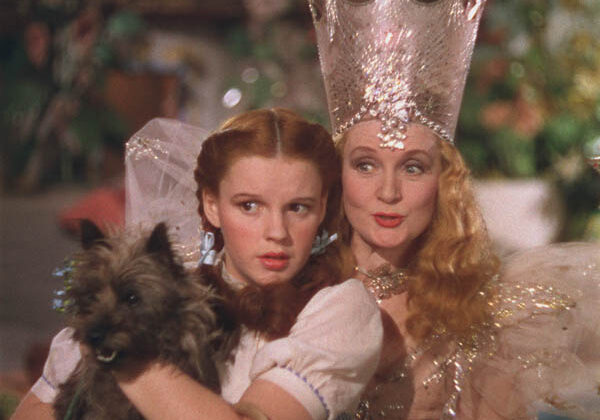Teaching something does not necessarily mean it will be learned. It matters a lot what is already in potential learners’ heads (prior knowledge, understandings, misunderstandings, experiences, assumptions, beliefs). And just as importantly it matters why they think they are there in the first place.
With this is mind, I decided to see what was on the minds of the board chairs, board members, and executive directors crowded into the Dodge conference room last week to kick off another year of the Dodge Board Leadership series.
I asked them to finish the sentence: “Coming here today is like…”
The responses were varied and funny and generally encouraging. Several said it was like the first day of school; another said, “an adventure.” I heard the enigmatic “jumping into a pool filled with an unknown substance,” the practical “fishing for ideas,” the purposeful “taking the engine out of idle and putting it into full gear” and the anticipatory “drinking a glass of fresh-squeezed orange juice.” Responses ranged from cautious – “walking into cave and not being sure what I am going to find” – to extremely open – “a chance to be reborn.”
I confess I was hoping for a skeptical answer, and one executive director supplied it: “Coming here today is like going to the dentist.” He went on to say, “I know this is supposed to be good for me and I am supposed to do it, but do I really want to be here? Not really.”
All right! He had done us all a favor by surfacing the difference between what you feel you are supposed to do and what you really want to do. The longer I work in the field of organizational development, the more I think this distinction is key.
Specifically, I believe the more an organization wants to spend time together in what Steven Covey called “Quadrant II,” the more effective, successful, and happy they will be.
For those not familiar with Covey’s simple matrix, let me include it here:
| Urgent | Not Urgent | |
|
Important
|
I | II |
|
Not Important
|
III | IV |
Quadrant II is where an individual – or a group — spends time on matters that are important, but not urgent. In an age when we can barely deal with all the matters in our lives that are, or seem to be, urgent, quadrant II time is precious. For an individual, it represents time for exercise, or staying in touch with old friends, and reading for pleasure. For an organization, it is where together as a staff, or as a Board and staff, we can achieve thoughtful clarity about who we are, what we are going to do and what we are not going to do, ask how the world is changing around us, and reflect on how we will know whether we are being successful in it.
In short, nonprofit leaders can have theories and principles and plans and assessment tools spilling out of their briefcases, but unless they protect the time to work with their colleagues on implementing them, little will change. Thus as we began the Board Leadership series, before we got into any of the details, I proposed one overarching goal: identifying, protecting, and learning to use Quadrant II time. It might feel like going to the dentist at first, but after a while, these organizations might instead feel more like they have been “reborn.”
It was very gratifying two days after the workshop to receive an email from the executive director who supplied the dentist metaphor. He wrote, “In answer to the being here is like question, I started with the dentist, quickly moved to therapy, and finished with a comparison to the positive aspects of visiting the Wizard of Oz.”
By that last reference, I do not think he was comparing my PowerPoint slides to the Wizard’s pyrotechnics, but rather to what Dorothy learns in the end from Glinda the good witch: “You’ve always had the power to go back to Kansas.”
Nonprofit organizations don’t need a wizard to help them do their best work. They need to use their own time together differently and better. It is completely within their power to do that. They just need to understand that idea, and believe in it.
One rueful response to my opening question was, “Coming here today is like a luxury.” That’s right, because it was Quadrant II time, created in this case by the Dodge Foundation. What would happen if more and more nonprofit leaders began to see such time not as a luxury, but as a necessity, and created it themselves?
David Grant was President and CEO of the Geraldine R. Dodge Foundation from 1998 to 2010. He now lives in Vermont and consults with mission-based organizations around the world.


